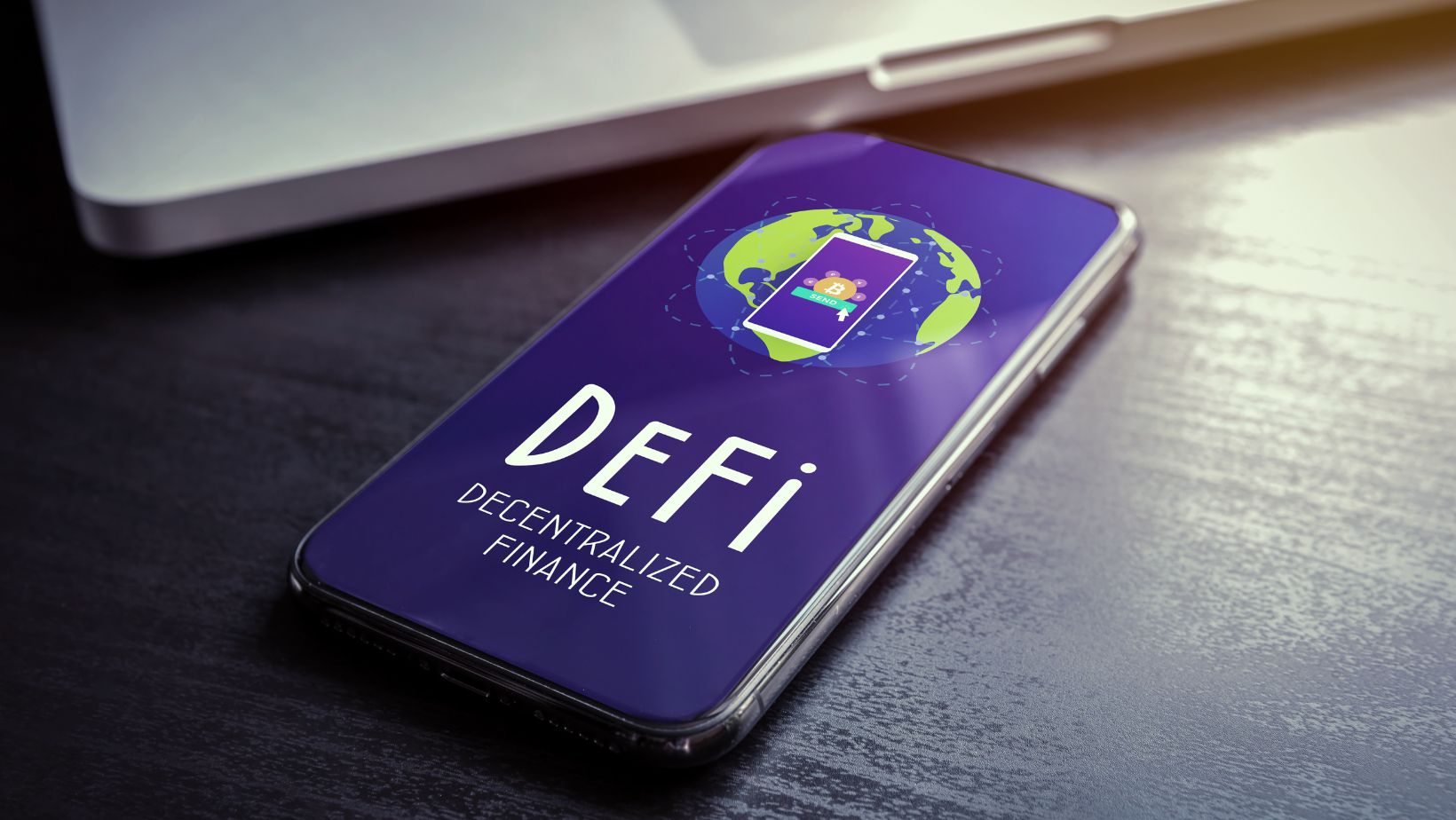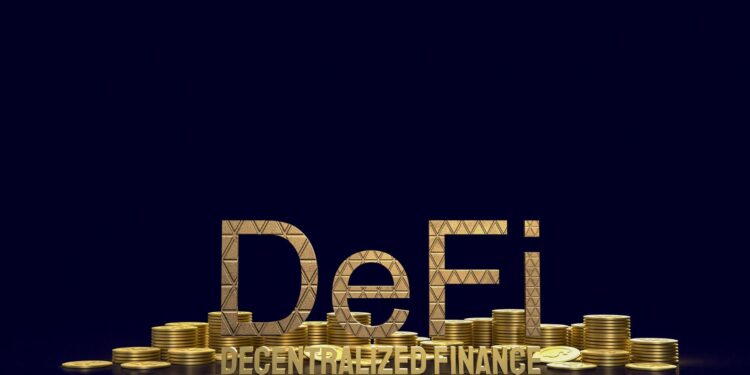The DeFi pitch has always been compelling: permissionless access, true ownership, transparent execution. But somewhere between the vision and reality sits a massive pile of friction that keeps most traders stuck on centralized platforms.
Gas fees that spike unpredictably. Bridge transactions that take forever and cost a fortune. Wallet approvals for every tiny action. Slippage that eats profits. User experiences that assume everyone has a computer science degree.
These aren’t minor annoyances. They’re fundamental barriers preventing DeFi from reaching beyond the early adopter crowd. The next phase is about making the existing ones actually usable.
The Gas Fee Reality Check
Gas fees might be the single biggest pain point in DeFi. Not just because they’re expensive, though Ethereum mainnet can charge $50+ for a swap during network congestion. The real problem is unpredictability.
A trader spots an opportunity, clicks execute, and suddenly the transaction costs more than the expected profit. Or the fee estimate looks reasonable, but network conditions shift and the transaction sits pending for hours. By the time it confirms, the opportunity is gone and money is lost.
Gasless DeFi sounds like marketing hype, but it addresses a real need. When platforms absorb gas costs or use alternative fee structures, traders can focus on strategy instead of constantly calculating whether a trade is worth the execution cost.
Some newer platforms batch transactions or use Layer 2 solutions where fees are pennies instead of dollars. Others implement meta-transactions where the protocol covers costs. The technical approach matters less than the outcome, removing the mental overhead of gas calculation from every single decision.
Bridges: The Bottleneck Nobody Wanted
Ask any active DeFi trader about their most frustrating experiences, and bridges will dominate the list.
- The process is clunky: leave the trading platform, navigate to a bridge interface, approve tokens, initiate transfer, wait for confirmations on the source chain, wait again for the destination chain, then finally return to trading. Ten to thirty minutes wasted on infrastructure instead of opportunity.
- Security concerns make it worse. Bridge exploits have drained billions from the ecosystem. Every bridge transaction means trusting another protocol with assets during the transfer window. That’s additional risk for something that should be a solved problem.
- Then there’s the cost: gas on both chains plus bridge fees. For anything except large transfers, the economics barely work. Traders end up locked into whichever chain they’re on, unable to chase opportunities elsewhere without bleeding money.
Bridgeless cross-chain execution changes everything. When platforms handle chain abstraction internally, users don’t think about where assets live. Want to trade? Just execute. The system routes from optimal liquidity sources across chains without explicit bridging.
Trady exemplifies this approach, unified balances across networks, instant execution pulling from whatever chain makes sense, zero manual bridging. The multi-chain complexity disappears behind a single interface.
The Approval Hell Problem
Here’s a workflow most DeFi users know too well: try to swap, get prompted to approve the token, wait for that transaction, pay gas, then finally execute the actual swap, pay gas again, and hope both transactions confirm before market conditions change.

Every new token means new approvals. Every new protocol means more approvals. Some platforms require separate approvals for every action. It’s death by a thousand confirmations.
Better DeFi UX handles this intelligently. Batch approvals where possible. Use session keys that grant limited permissions for a set time period. Abstract the approval process so users aren’t constantly signing transactions for basic functionality.
The goal is to remove redundant friction that doesn’t actually improve security. Users should approve once per session and then trade freely without constant wallet pop-ups interrupting flow.
Slippage: The Silent Profit Killer
Slippage doesn’t feel like friction the same way gas fees do, but it quietly destroys returns. Execute a trade expecting 0.5% slippage, end up with 2%, and suddenly a winning trade becomes marginal or negative.
Poor liquidity routing causes most slippage problems. Platforms that only check one DEX or one chain miss better execution elsewhere. Traders either accept worse prices or manually hunt for better rates across multiple platforms.
Frictionless trading means smart routing happens automatically. The platform checks liquidity across DEXs, across chains, and splits orders when beneficial. Users see one price, the best available price, and execution happens at or better than that quote.
Advanced platforms also offer MEV protection, preventing front-running bots from detecting pending transactions and sandwiching trades. That’s less visible than gas fees but equally important for preserving profits.
Speed Matters More Than People Admit
DeFi transactions are slow compared to CEX execution. Submit a trade on Binance and it fills instantly. Submit on most DEXs and wait 10-60 seconds for block confirmation, longer if the network is congested.
That delay is risky. Prices move. Opportunities disappear. What looked like a good entry becomes a bad one while waiting for settlement.
The best Web3 trading experience minimizes confirmation delays through optimistic execution, faster chains, or Layer 2 solutions. Traders see near-instant feedback, similar to centralized platforms, while still getting on-chain settlement guarantees.
What Actually Matters
Strip away the buzzwords and three things define the next generation of DeFi platforms:
- Invisible infrastructure. Users shouldn’t think about gas, bridges, approvals, or chain selection. They should think about trading. Everything else is plumbing that belongs hidden.
- Predictable costs. Execution costs should be clear upfront and stable. Surprise fees kill trust and make strategy impossible.
- Speed without compromise. Fast execution matters, but not at the cost of security or decentralization. The platforms that figure out how to deliver both will win.
Trady demonstrates what happens when these principles guide design, unified balances, automatic cross-chain routing, streamlined workflows. The result feels less like “DeFi” and more like “just trading that happens to be decentralized.”
The Bottom Line
Gasless DeFi, bridgeless cross-chain execution, and frictionless trading aren’t separate features. They’re pieces of the same puzzle: making decentralized trading as smooth as centralized trading without surrendering the benefits that make DeFi valuable.
The technology exists. The infrastructure is live. What remains is adoption, traders discovering that the friction they accepted as inevitable has actually been solved.













